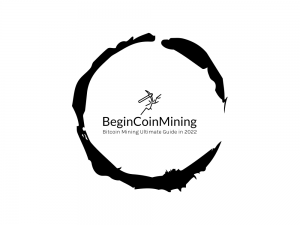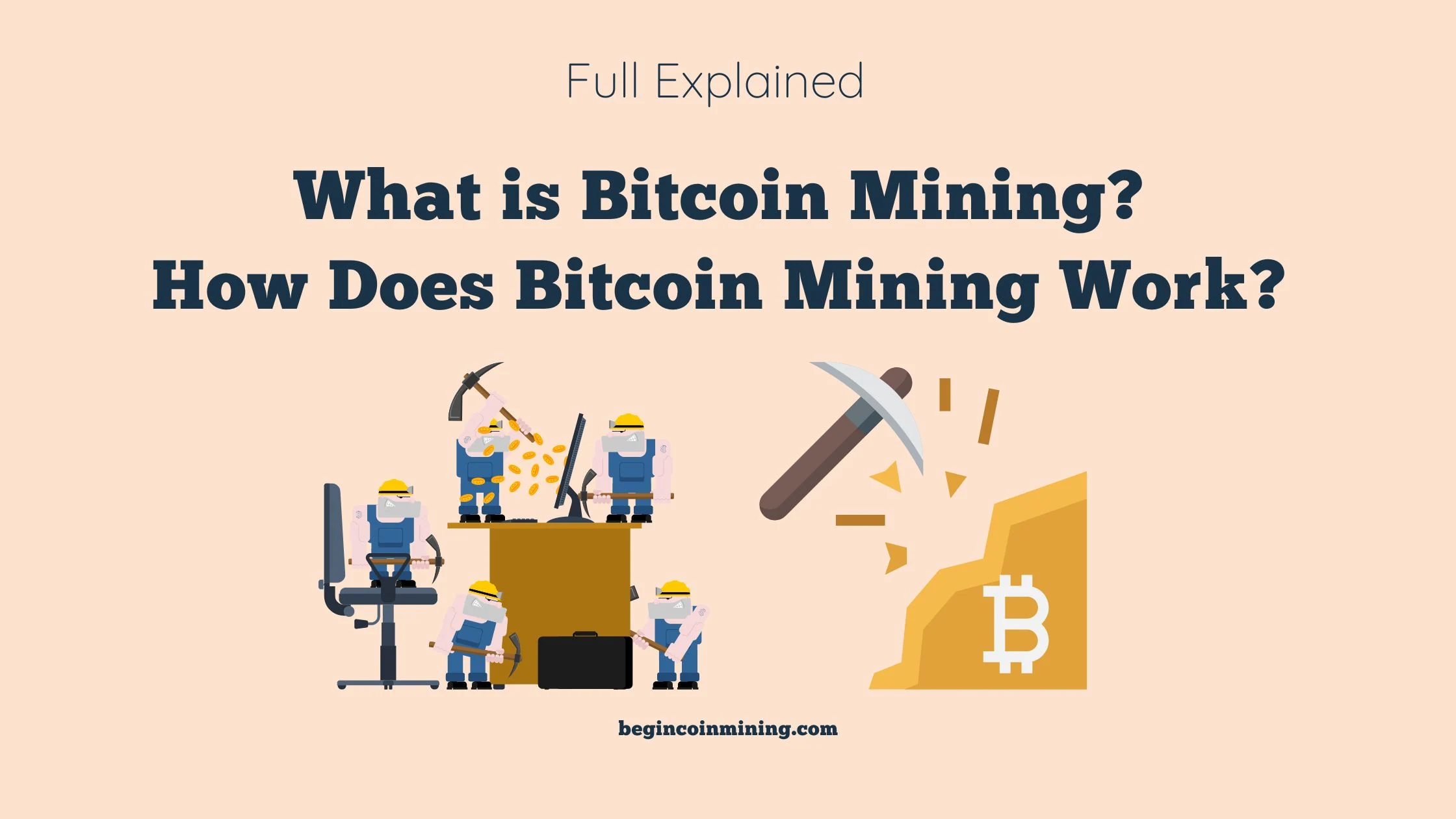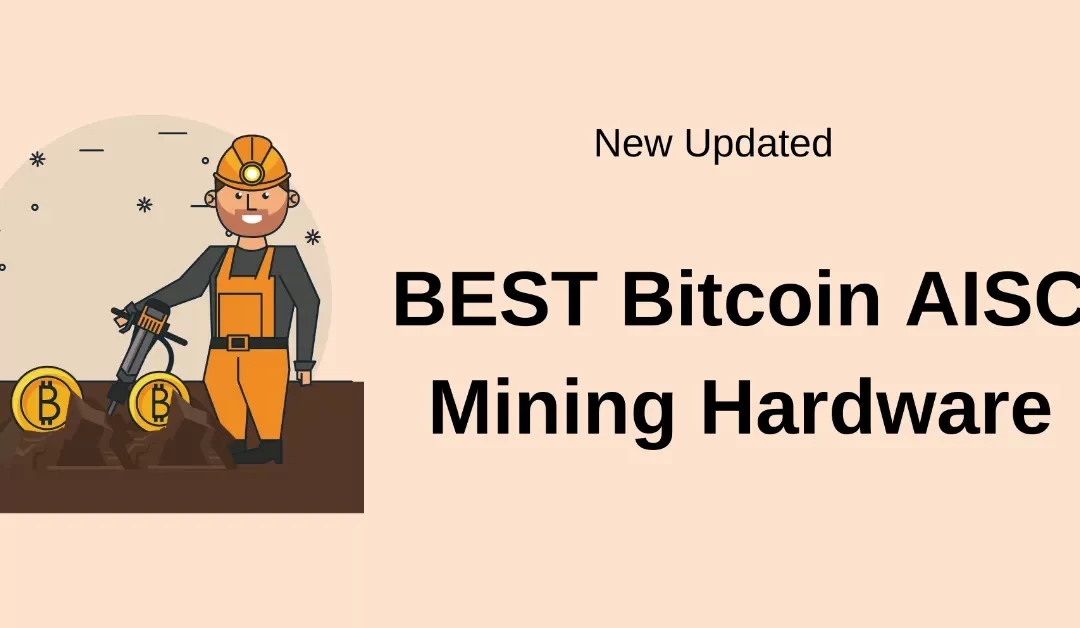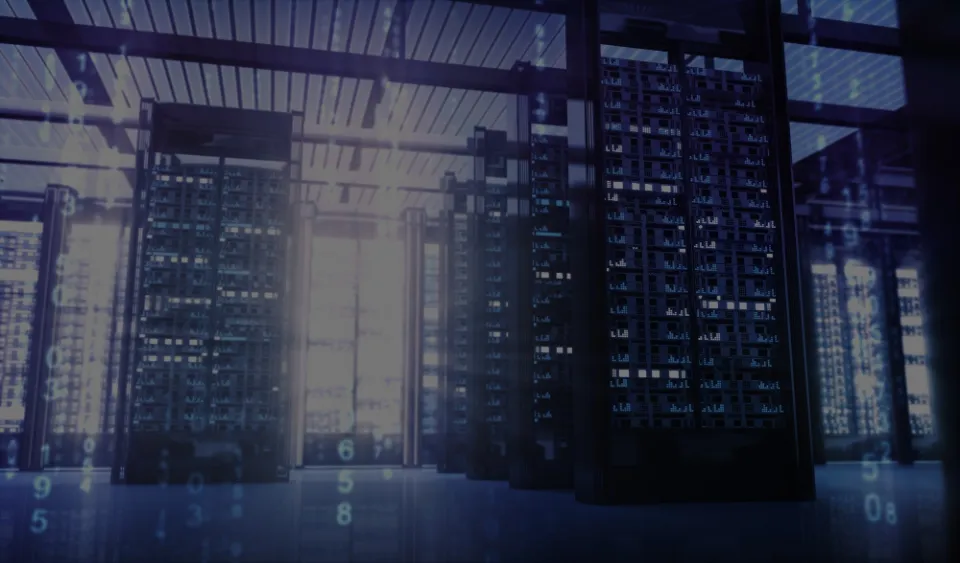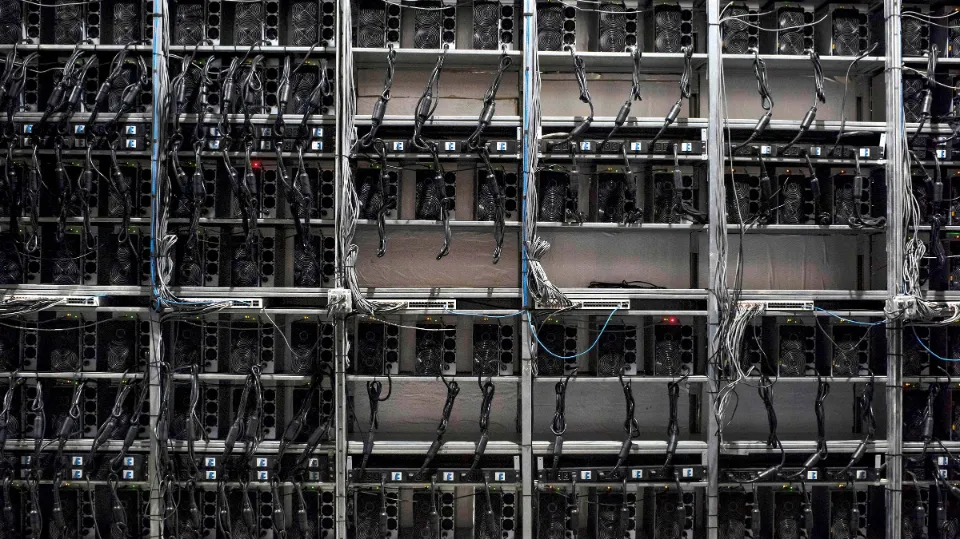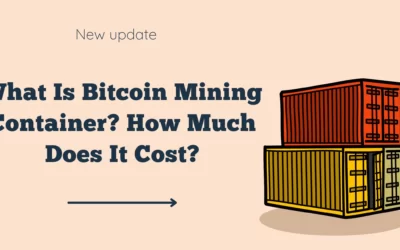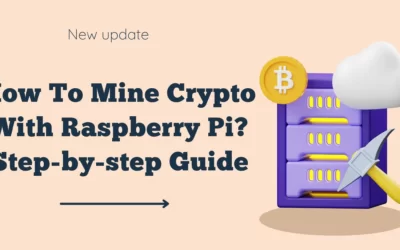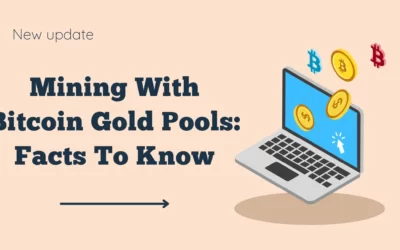Before investing the time and money, read this explanation to learn what is Bitcoin mining how it works, and whether it is really for you.
Bitcoin mining is a process that creates new Bitcoins and releases them into circulation.
Because it encourages users to enter accurate information into the shared ledger that records transactions and balances on a underlying blockchain network, mining is essential to the operation of Bitcoin and some other cryptocurrencies. Participants in this process known as mining compete for Bitcoin-based rewards.
For Bitcoin enthusiasts and miners, the future looks bright, and anyone who wants to try their hand at it could benefit financially from doing so. Let’s first spend some time reviewing the fundamentals of Bitcoin mining.
Key Takeaways
- You can obtain cryptocurrency without having to pay for it by mining.
- Bitcoin miners receive bitcoin as a reward for completing “blocks” of verified transactions, which are added to the blockchain.
- The probability that a participant will find the solution first is correlated with their share of the network’s overall mining power. Mining rewards are paid to the miner who solves a difficult hashing puzzle first.
- To set up a Bitcoin mining rig, you need either an application-specific integrated circuit (ASIC) or a graphics processing unit (GPU).
What is Bitcoin Mining?
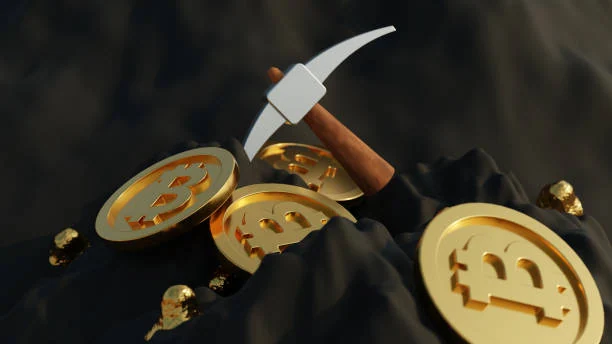
Bitcoin mining is the process of using a global network of computers running the Bitcoin code to ensure that transactions are legitimate and added to the blockchain in the proper way. Additionally, new Bitcoins are generated through the mining process.
- A new bitcoin is created as a result of the bitcoin mining process, which involves checking new transactions against the bitcoin network.
- The process by which Bitcoin transactions are added to the blockchain ledger and digitally validated on the Bitcoin network is known as mining.
- Blocks of transactions that are updated on the decentralized blockchain ledger are verified by solving challenging cryptographic hash puzzles.
These puzzles require sophisticated tools and powerful computing power to solve. In exchange, miners receive Bitcoin, which is then put into circulation and gives rise to the name “mining” of Bitcoin.
Why Does Bitcoin Need Mining?
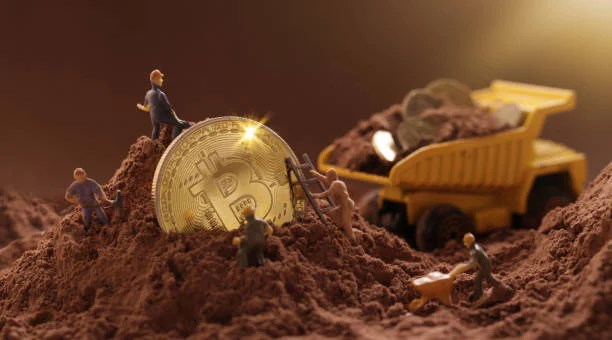
You might not have given mining much thought if you are only purchasing or trading Bitcoin. But because Bitcoin is supported by its users, it’s advantageous for anyone working with Bitcoin to have a fundamental comprehension of its technological foundations.
Decentralized means that no one organization controls the network or maintains a central ledger of user balances. Bitcoin, like many other blockchain technologies, is decentralized. Instead, the historical ledger of transactions for Bitcoin is held by users themselves. Users reach an understanding about the accuracy of those shared records through a process known as mining.
Every 10 minutes or so, the network generates enough transactions to make a new “block,” which is basically a package of transactions that is encoded in a way that makes it tamper-resistant. The user who successfully adds a new block to the record receives the mining reward.
Finding new transactions and submitting them is the simplest part of mining, but it’s not the only step. Everyone could do it if it were possible. Bitcoin mining is a costly process that involves solving challenging computational puzzles in order to prevent fraud.
In an effort to be the first to produce a value that fits within a specific mathematical range, miners’ computers run cryptographic formulas trillions of times per second. The ability to submit a block is unlocked after this task is successfully completed, and the miner is rewarded if the network’s other computers confirm that the block matches their records.
It is proposed that mining shifts the economic incentives in favor of miners acting honorably. You might not want to take the chance of losing your potential payout by, say, entering incorrect information about the Bitcoin in your account after investing the time and money to mine a block.
Read More: Mining vs Buying Bitcoin in 2023
How Does Bitcoin Mining Work?
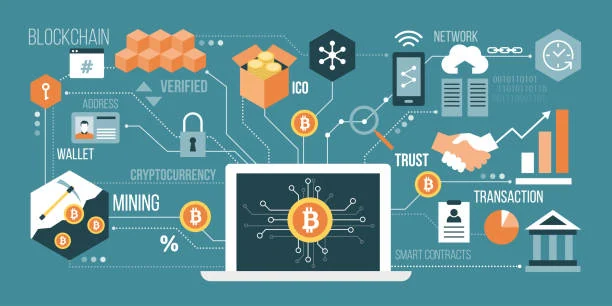
Bitcoin miners confirm and verify transactions by solving challenging mathematical cryptography calculations, which are ultimately added to a block to the blockchain because bitcoin is not controlled or supervised by a central authority.
The most recent batch of transaction data is given to miners, who then process it using a cryptographic algorithm. A hash, or string of numbers and letters, is generated and used to check the authenticity of a transaction. In order to help prevent tampering with the corresponding block, the hash is constructed in this way. The associated data produces a different hash if even one number is incorrect or different. The generated hash will change if anything has changed in the previous block because the previous block’s hash is included in the one that follows. Additionally, the hash must be less than a predetermined goal that the hash algorithm has set. If the generated hash exceeds the target size, it is generated again until it falls within the desired range.
Solving transaction-related algorithms becomes more difficult over time due to the hashing process. Since these algorithms are becoming more complex, more computing power is also needed to solve them.
A predetermined number of bitcoin are distributed to bitcoin miners as payment for their labor as compensation. Thus, there are three tasks that mining for bitcoins completes. It validates bitcoin transactions, makes it possible to print more money, and encourages more bitcoin mining.
The processing power required to mine bitcoins today necessitates having access to strong computers and lots of electricity. Initially, one computer could be used for Bitcoin mining by a single person. Individual computers are extremely unlikely to be able to mine bitcoin, though, as the level of difficulty in solving transaction-related algorithms increases over time. Instead, application-specific integrated circuits (ASICs) and other techniques are used by the majority of bitcoin miners.
Every four years, the mining reward amount is modified by 50%.
How Much Does a Miner Earn – Bitcoin Halving

When block rewards are divided in half, it is referred to as “halving” in the context of bitcoin, which means that the reward for finding a block is cut in half for miners. The goal of halving is to maintain a stable price for bitcoin by reducing inflation and the rate at which new bitcoins are released into circulation. Every 210,000 blocks, or roughly every four years, the event of halving takes place. The halving theory proposed by Satoshi Nakamoto in the Bitcoin protocol is used to determine how many Bitcoins are currently in circulation.
The initial reward for each block mined in Bitcoin was 50 Bitcoins. There have been three block reward halving events to date, with the block reward changing from 50 in 2009 to 25 in 2012 to 12.5 in 2016 to the current 6.25 BTC in 2020. On May 11th, 2020, there was a previous Bitcoin halving event.
Nearly 89.7% of the total number of Bitcoins that could be mined had already been produced by September 2021, or 18.828 million of the maximum 21 million Bitcoins.
In the first few months of the year 2024, the next Bitcoin halving is anticipated to occur. The halving should continue until all blocks are mined and the 21 million Bitcoin supply cap is reached sometime in 2140. The only source of income for Bitcoin miners going forward will be transaction fees.
What Do I Need to Mine Bitcoins?

In the beginning, mining must have been a lot simpler. Since bitcoin and the blockchain concept were still developing, mining was left to intrepid amateurs. In actuality, Nakamoto, the creator of Bitcoin, mined the genesis block using a simple CPU. As adoption of bitcoin grows, it has also been successful in attracting a lot of attention from investors, miners, and businesses using cryptocurrency as a form of payment for goods and services. As a result, mining has grown very competitive, and more advanced hardware and software requirements are needed to mine bitcoin.
Today, bitcoin mining requires specialized tools, including:
- Hardware such as GPUs (graphics processing units), SSDs for cryptocurrency mining, ASICs (application-specific integrated circuits), or the newest FPGA chips. Hash rate (performance) and electricity consumption should be taken into account when buying mining equipment.
- There are many different companies that offer mining software, and many of them can be downloaded for free and used with both Windows and Mac computers. You can mine Bitcoin once the required hardware and the software are connected.
- Your mining profits will be kept in your wallet, where you can store any Bitcoin you obtain as a result of your work. In order to store, send, and accept Bitcoin and other cryptocurrencies, you must have access to a wallet, which is an encrypted online account. There are several cryptocurrency wallet providers, including Coinbase, Trezor, and Exodus.
- Preferred mining pool: Mining pools are run by outside parties who coordinate teams of miners (if one chooses pool mining as opposed to solo mining). By working together in a pool and sharing the payouts among all participants, miners can get a steady flow of bitcoin starting the day they activate their miners
Read More:
9 Best Bitcoin Mining Pools in 2023
Is Bitcoin Mining Profitable?
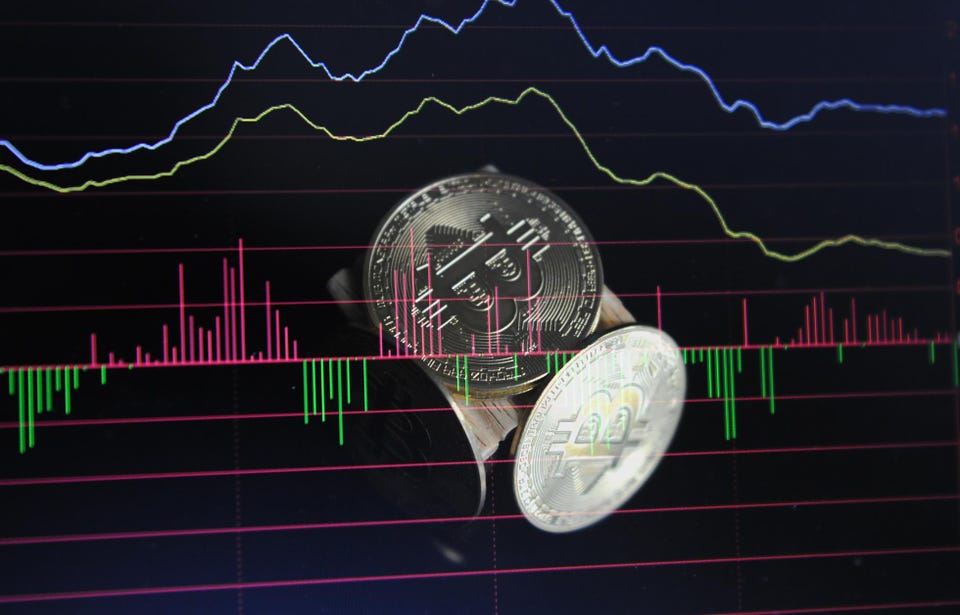
Due to the difficult mining process and high costs, Bitcoin mining is not profitable for the majority of individual miners, only a select few. It is impossible for all miners to invest significant sums of money in hardware setup. For the purpose of determining profitability, a cost-benefit analysis is carried out. The efficiency, difficulty, length of time required to complete the mining process, and value of the Bitcoin are determining factors. The amount of electricity consumed in kWh is also a factor.
The cost of configuring the hardware is very high, and it necessitates the use of significant technical know-how. Due to the lack of these applications among all the miners, these particular miners’ profits are low. As a result, it is advised for miners to join mining pools where a number of miners can collaborate. The likelihood that Bitcoin miners will earn more rewards in more Bitcoins will rise if they adopt this strategy.
Read More: Is Bitcoin Mining Profitable?
Is Bitcoin Mining Legal?
No and Yes.
Because of its decentralized nature, volatility, and astronomically high power consumption, bitcoin continues to be fiercely contested in some countries even though it has gained widespread acceptance worldwide.
Because of its decentralized nature, volatile value, association with criminal activity, and a number of other factors, bitcoin trading is either prohibited or strictly regulated in nations like China, Russia, Bolivia, Algeria, and Ecuador. The legal standing of bitcoin in other nations is undefined.
The United States, Canada, Australia, and the UAE all accept bitcoin and use it widely. EU nations like Finland, Germany, France, and others also do.
El Salvador is the only nation to have accepted bitcoin as legal tender.
How to Mine Bitcoin?
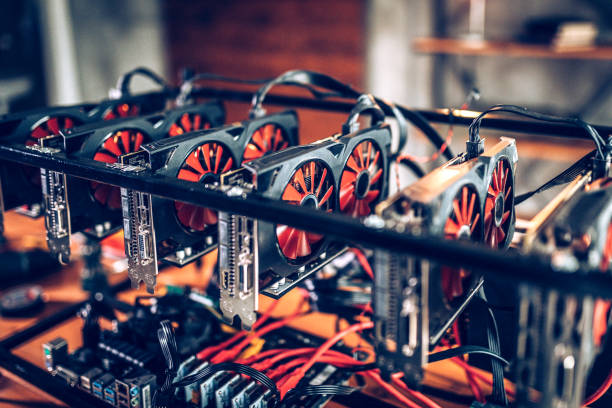
It is advised that Bitcoin miners use mining equipment like Ebang, Antminer, Minedollars, AvalonMiner, and others that produce new Bitcoins every 10 minutes. The miner is advised to spend money on a robust setup made especially for mining cryptocurrencies in order to mine Bitcoin. To use the hardware system, one must have extensive or advanced computer knowledge. The user must then create at least one safe and practical bitcoin wallet in order to engage in bitcoin mining.
The miner must employ strategies to install and configure the mining software once the mining hardware has been configured and a Bitcoin wallet has been created. To increase mining capacity, the miner must use technical knowledge. The miner then clicks the start button after downloading a soft copy of the Bitcoin blockchain. To make sure that the mining application functions properly, the miner must frequently check on the progress. However, once the mining process has begun, the miner can rely on the mining hardware and does not need to perform any manual tasks. The blockchain is expanded with new blocks as a result of the Bitcoin mining process.
Read More: How to Make Money With Bitcoin Mining
How to Mine Bitcoin at Home?
It is difficult and requires specific steps to successfully mine bitcoins at home. The hardware must first be properly configured, and a reliable power source must be sought. In order to continue, the person can then create a mining wallet in any trading platform of their choice and join a mining pool. Installing a powerful mining program, such as Awesome Miner, Easy Miner, or Pionex, and then entering the wallet information and mining pool details are the most crucial steps.
However, the equipment required for mining is pricey, and not everyone can afford it. Additionally, mining Bitcoins uses a lot of electricity. Only those with inexpensive electricity access can afford to mine bitcoins at home. Therefore, Bitcoin mining at home can be profitable but requires resources and efforts with high costs.
Read More: How to Mine Bitcoin on iPhone: Best Bitcoin Mining Apps for iPhone
FAQs
Why Does Mining Use So Much Electricity
When Bitcoin first started, anyone could easily run a mining program from their computer or laptop. But as the network grew and more people became interested in mining, the mining algorithm grew more challenging. This is so that Bitcoin’s code can find a new block once every ten minutes, on average. The difficulty to achieve the 10-minute goal increases as the number of miners increases because there is a greater chance that someone will find the correct hash sooner. Imagine that the network’s mining capacity doubles, or even millions of times. That is a significant amount of new equipment using energy.
How Does Mining Confirm Transactions?
Using your preferred bitcoin network, mining transactions are digitally verified and added to the blockchain ledger. To verify blocks of transactions updated on the decentralized blockchain ledger, complex cryptographic hash puzzles must be solved.
Does Crypto Mining Damage Your GPU/computer?
Not always; the majority of GPUs rely on supplemental fans to stop degradation over extended periods. Thus, until the GPU or computer is cleaned to avoid damage, crypto mining has no negative effects.
How Do You Join a Bitcoin Mining Pool?
Simple and free to join the bitcoin mining pool operates in a manner. A bitcoin mining rig is needed as a first step. Download bitcoin mining software after that. You can choose paid pools that charge a sizeable portion of pool fees if you’re not sure whether you want a free pool or not.
What is a Good Hash Rate for Bitcoin Mining?
A bitcoin miner can achieve a hash rate of up to 10Th/s with the right hardware, power supply, and power efficiency. However, the profitability of bitcoin mining is influenced by power costs, bitcoin prices, and power usage.
Read More: Calculated Hashrate Vs Current Hashrate Vs Reported Hashrate
What Are Taxes on Bitcoin Mining
It’s critical to keep in mind how taxes may affect Bitcoin mining. Since the asset prices have skyrocketed in recent years, the IRS has been attempting to crack down on cryptocurrency owners and traders.
If mining bitcoins is your business, you might be able to write off some of your costs as a tax deduction. Your revenue is the amount of bitcoins you earn. However, it’s unlikely that you will be able to deduct expenses if mining is your hobby.
Read More:
